The announcement of the Lomography Lomograflok some time ago was something that really grabbed my attention – being able to shoot Instax film with my 5×4 camera is just something that appeals to me! The last time I used instant film was some peel-apart and that was about four years ago when I managed to nab some FP100C on eBay. I thought it was expensive even back then, great fun but not an everyday film by any means. Looking at the prices now I just can’t justify buying any, especially with no guarantee of how well it’s been stored and its subsequent results based on that, it just feels too risky.
Upon seeing the Lomograflok and reading it would take Instax Wide film I just thought what a superb idea it was! Using film that’s readily available just made sense. It made me feel like instant photography on large format was all the more accessible again. That is to say, it is at least slightly more affordable!
I received this test unit around the end of last year and with Christmas coming around and poor weather it didn’t really get much of a run until the new year and we had at least a little bit of sun. The colour Instax wide film I received being 800 ISO gave me some confidence to take it out without worrying it needed to be a perfect day. The initial setup was a breeze. I was concerned I’d be fiddling around with it for a while until I felt comfortable with it but it’s pretty intuitive. Given the number of processes to remember and keep in check with large format this is welcome addition.
After putting the film in it was simply a matter of inserting the spacer in front of the ground glass and doing everything you would normally do when shooting sheet film up until the point of image capture. The spacer compensates for the focal plane shift that occurs and has a mask to help you frame accurately for the size of Instax wide film. I did still spend a bit of time just getting to grips with it but no more than 15 minutes and I was confident I could use it without any issues.
It turns out I was wrong but this was an issue with another piece of my kit I hadn’t foreseen! The unit is a little weighty but nothing that’s going to wildly encumber your kit. It’s about the same as having an extra handful of holders in your bag. Loaded up and ready I brought with me my Intrepid Camera MKIV and set about making some images. My first few images were fraught with frustration but I quickly realised this was no fault of the film back itself, but my tripod head. Once one has framed & focused their shot, the spacer has to be removed as well as the ground glass in order to mount the Lomograflok unit with the graflok clips. These actions despite working carefully to avoid movement would jolt the camera enough so that I would lose my framing leaving me having to reinsert the ground glass and spacer again to reframe and focus again. Having done this several times I was frustrated enough to justify popping to my local camera shop and purchasing a new tripod head. It’s safe to say this massively improved the resulting images and my overall enjoyment of the Lomograflok – as I said, this isn’t a sleight on the product, just a word to the wise to make sure your tripod head is sturdy and tight enough so all of the removing & moving of parts won’t affect your frame.
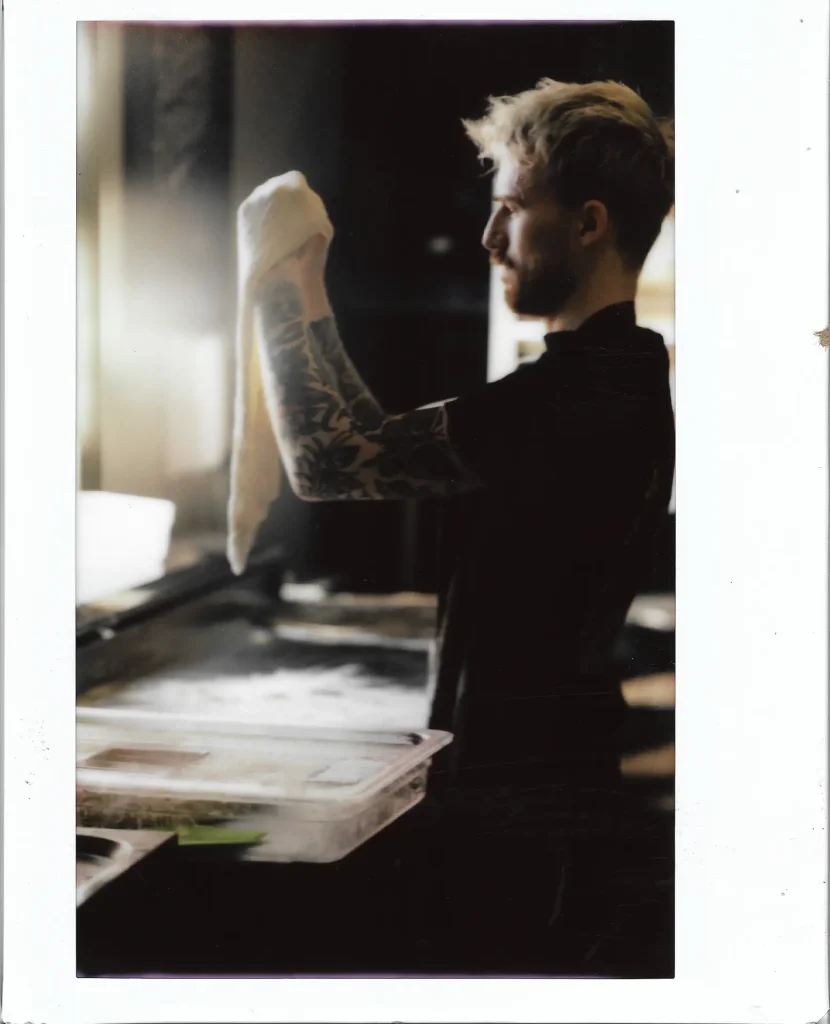

These were the first few properly considered shots I made and I do quite like them. Even if I blew the highlights quite badly I think it actually works well as part of the images…
I really started to enjoy using the Lomography Lomograflok after getting my tripod issue sorted, the resulting images have that dreamy kind of softness that I’ve come to expect with instant film. Having the creative control I have on my LF camera just made the experience a lot of fun. I can’t speak for the other films available in Instax Wide format but I would say I was disappointed with its exposure latitude. I do however appreciate this isn’t a film made for LF instant photography but borrowed. It’s not a professional film but it can definitely achieve good results. I might have just been a little lazy in my metering! Trying out a pack of the monochrome offering that Fujifilm have in Instax Wide is certainly what I’ll be doing next with it. I’d love to see a lower ISO colour option to use but I doubt there’s much of a call for it in the main target demographic of Instax-wide films.



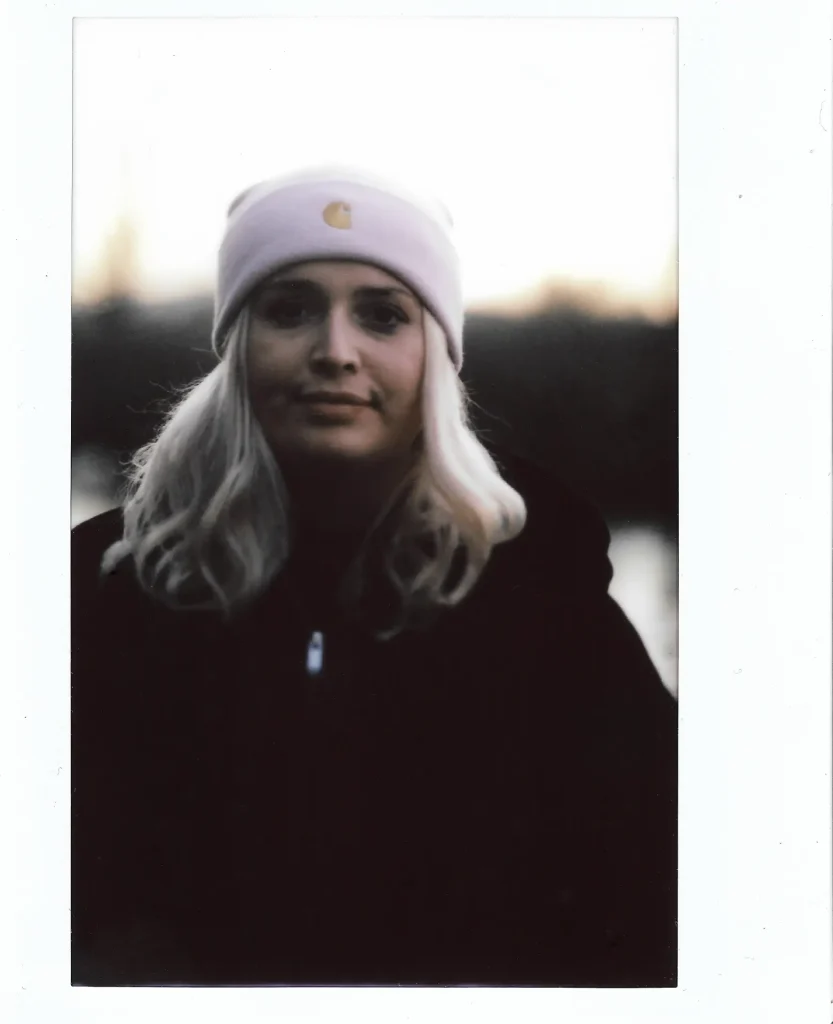
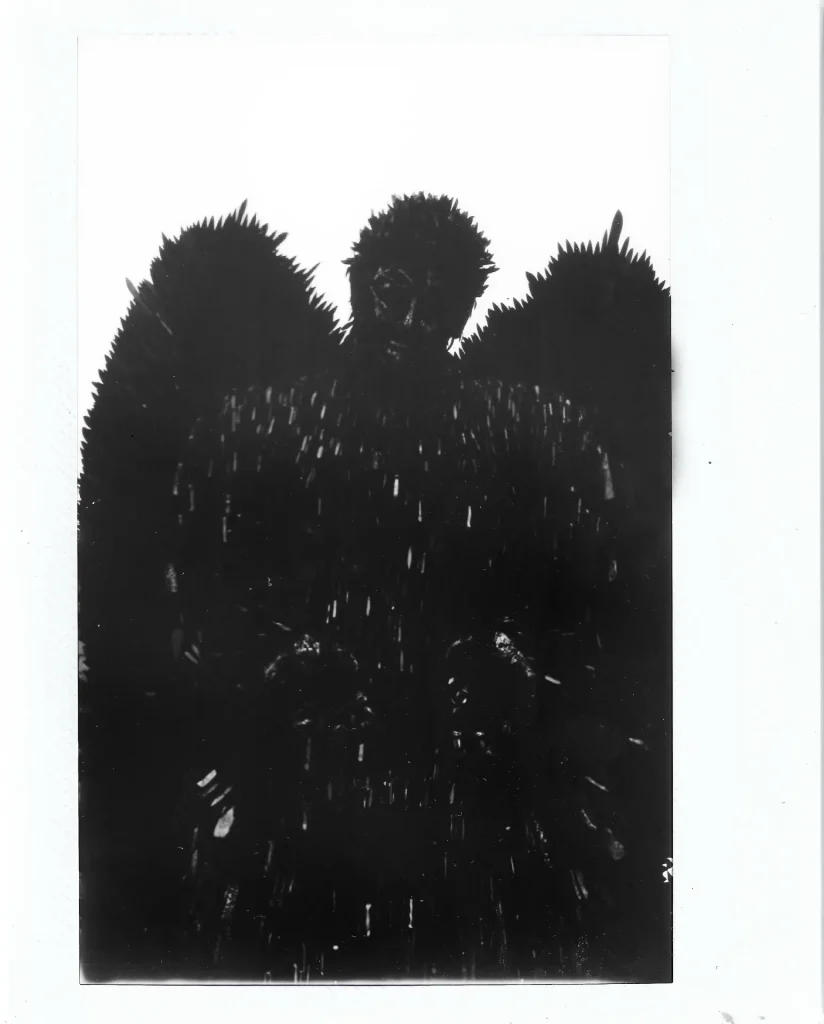
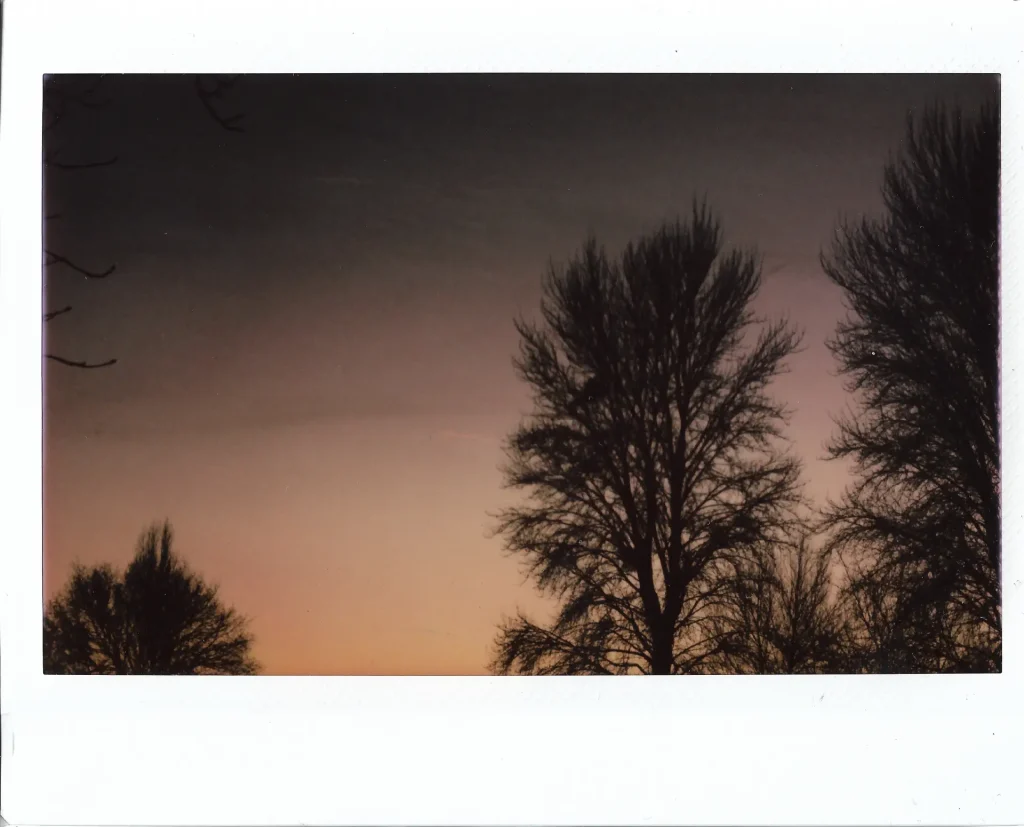
Overall, I’ve enjoyed shooting with the Lomography Lomograflok, and I’m really pleased with some of the images I managed to produce with it. There is a part of me however that misses the acutance that can be achieved on regular 5×4 film when I look at the images I’ve made with it but if you accept the limitations of the film, and enjoy the instant nature of it, I’d say it’s going to be a great addition to any Large format photographers bag.
Thanks to Lomography UK for sending me this to try!
You can purchase the Lomograflok here
Share this post:
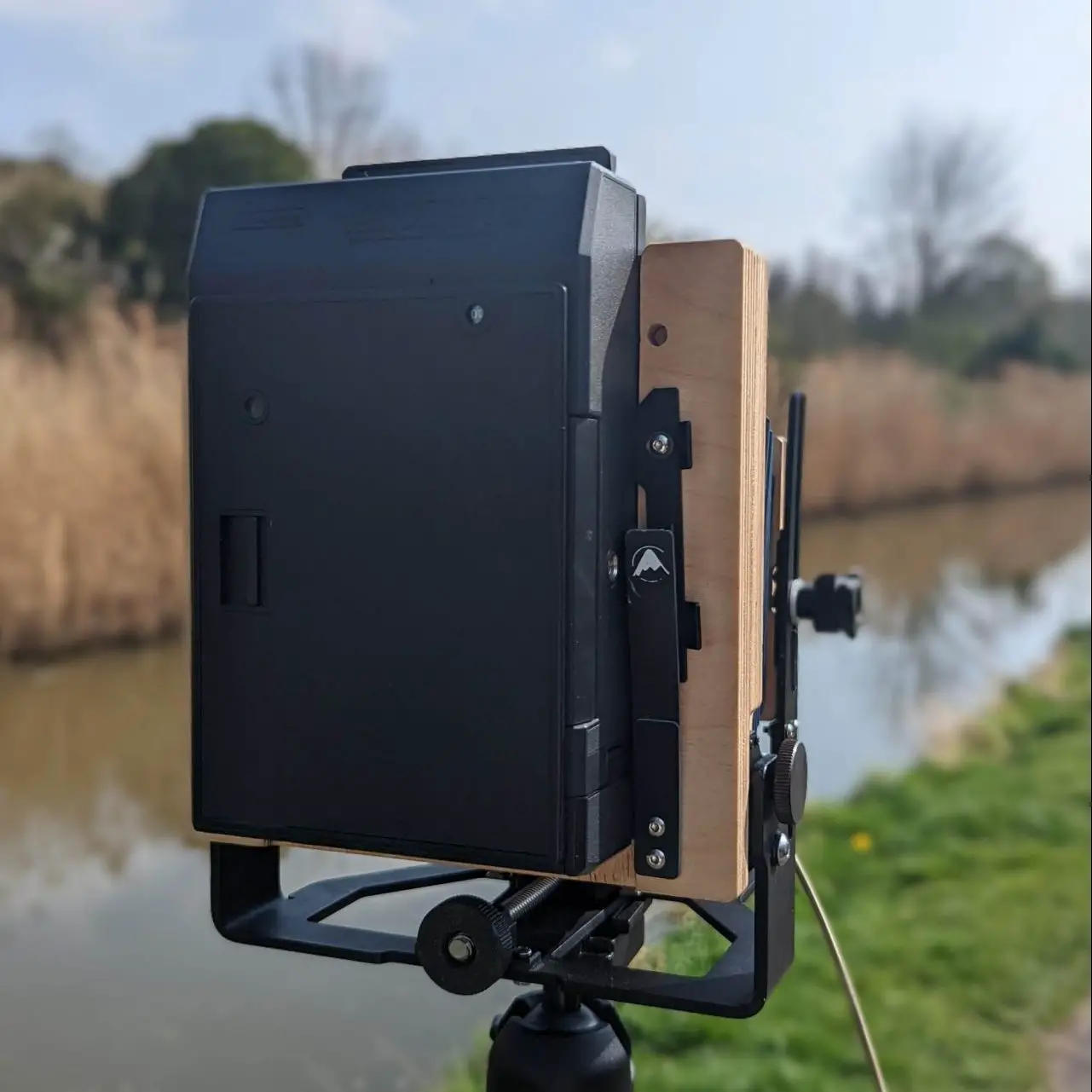








Comments
Hugo on Lomography Lomograflok Review – By Josh Foster
Comment posted: 20/05/2022
Scott Gitlin on Lomography Lomograflok Review – By Josh Foster
Comment posted: 20/05/2022